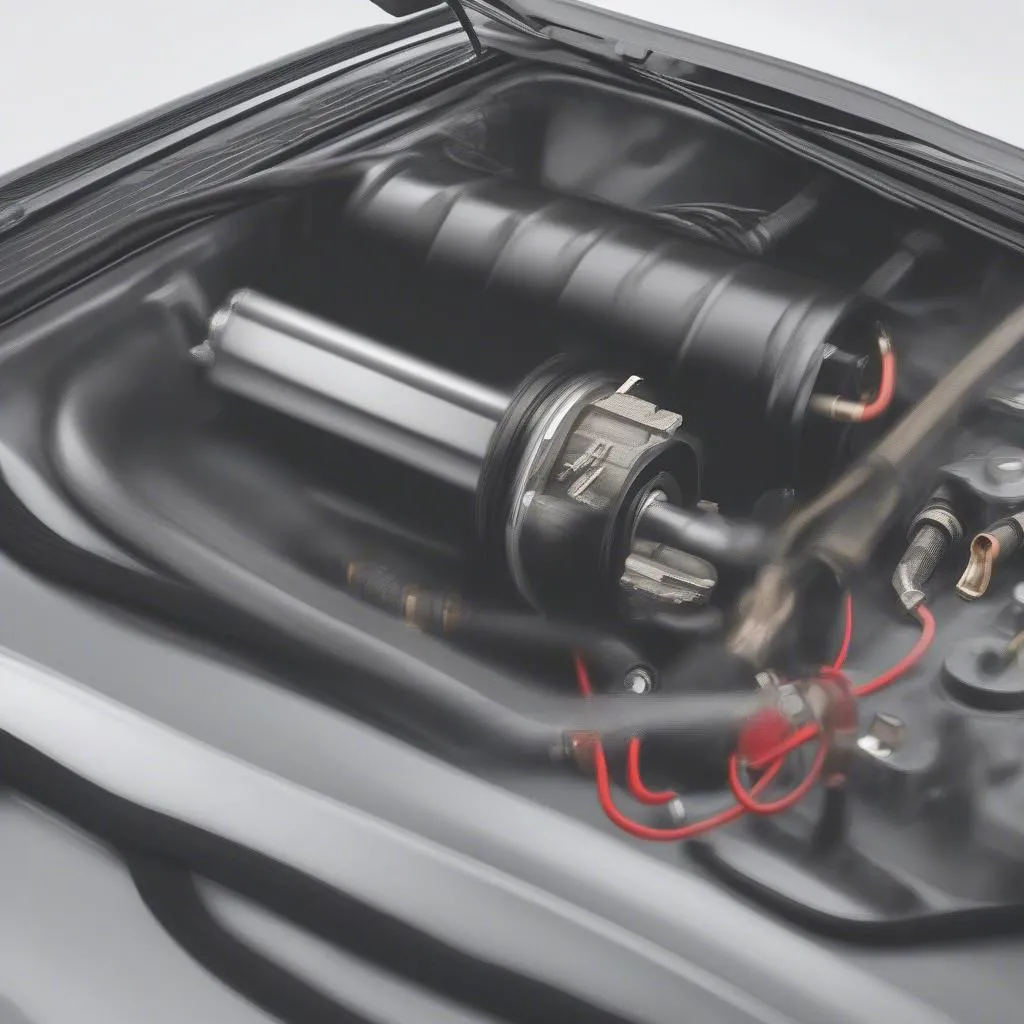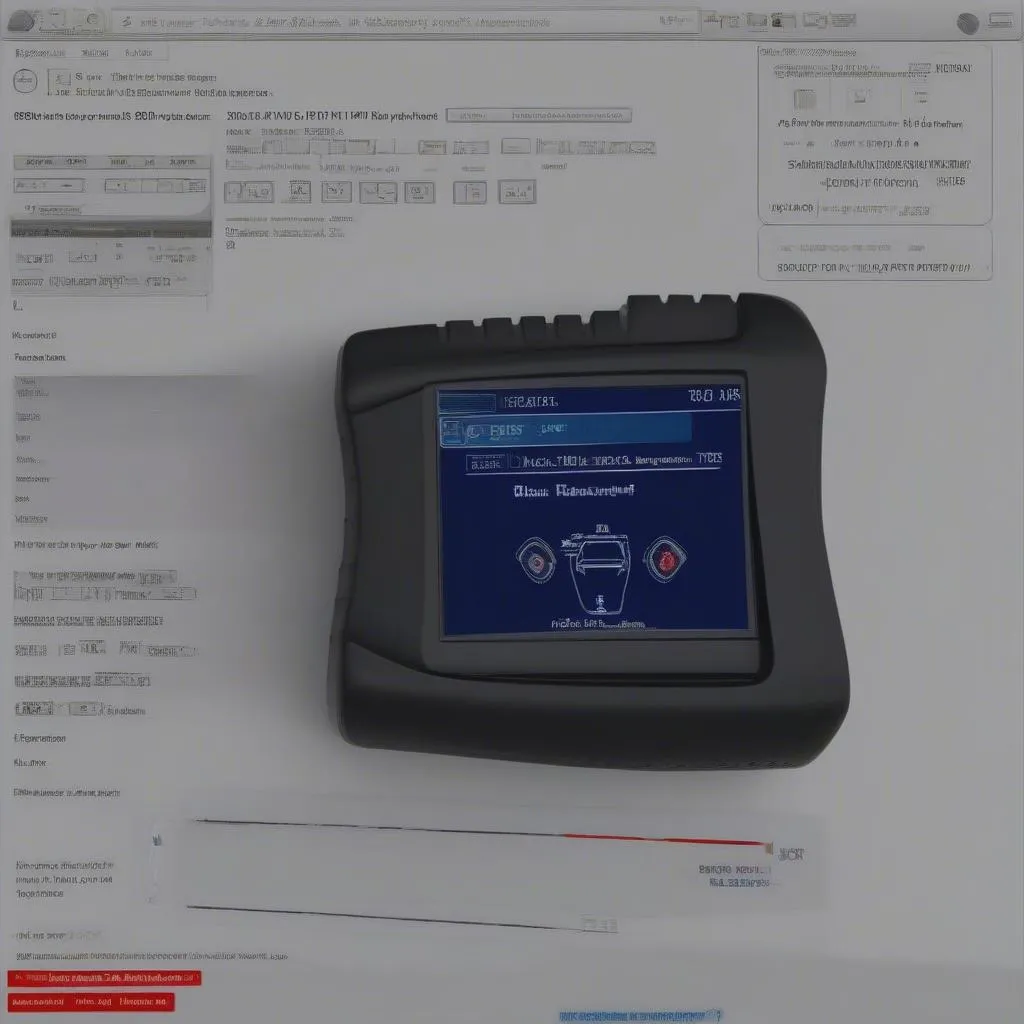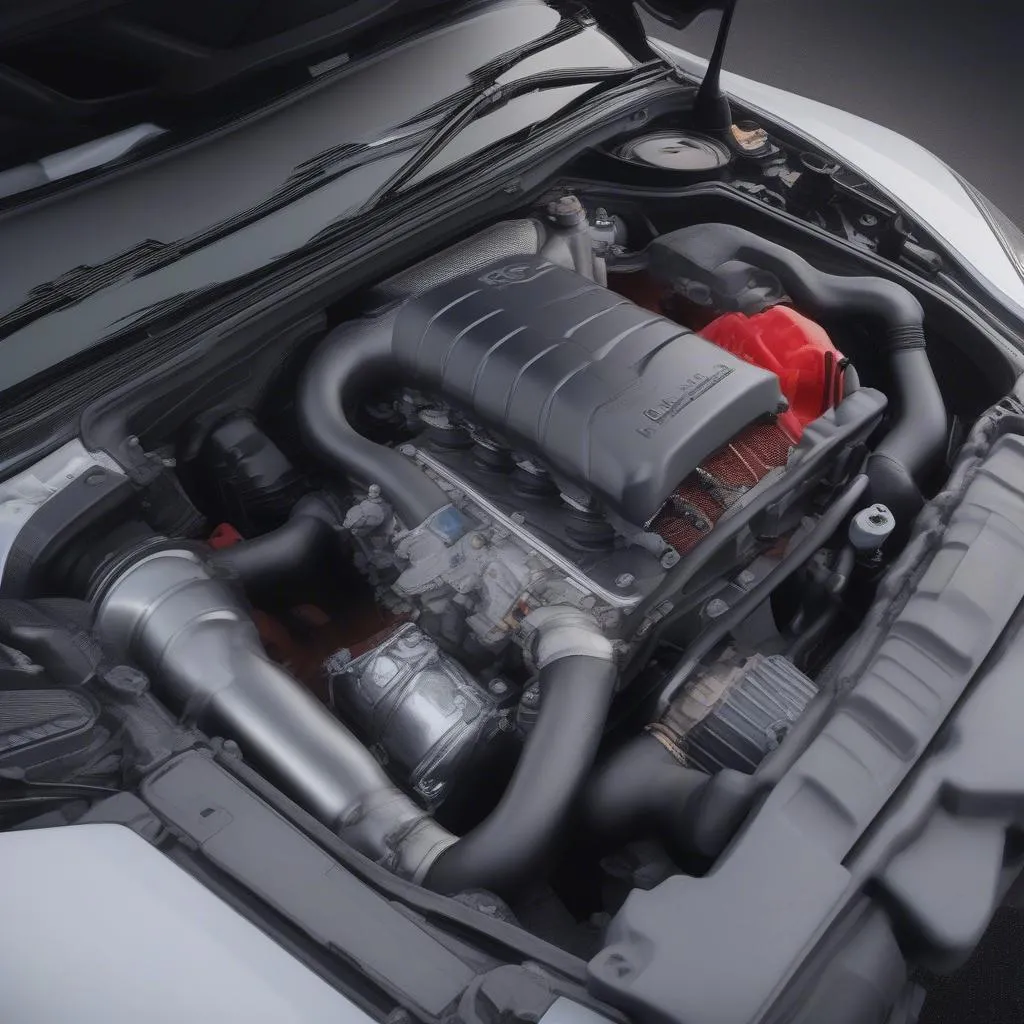“A smooth sea never made a skilled sailor,” they say. Similarly, a car that never throws an engine code probably hasn’t seen much action! Jokes aside, encountering an OBD code like P0113 can be a bit like navigating uncharted waters. But fear not, fellow car enthusiast, you’re not alone. This article will serve as your compass and map, guiding you through the ins and outs of this common engine code.
Understanding the OBD Code P0113: What Does it Mean?
Imagine this: You’re cruising down the highway, and suddenly, your “Check Engine” light illuminates. You plug in your trusty OBD scanner, and boom – the cryptic code “P0113” stares back at you. This code signifies a potential issue with your car’s Intake Air Temperature (IAT) sensor circuit, specifically indicating a high voltage reading.
Now, let’s break this down further. The IAT sensor is a critical component of your car’s engine management system. It measures the temperature of the air entering your engine, which is essential for determining the optimal air-fuel mixture for combustion. When the sensor reports a voltage signal that’s too high, it throws the entire system out of whack.
Why is Understanding P0113 Important?
Just like a doctor needs to diagnose the root cause of your fever, understanding why your car throws a P0113 code is crucial for effective repair. Ignoring this code can lead to several issues, including:
- Reduced fuel economy: An inaccurate air temperature reading can lead to an overly rich fuel mixture, ultimately hurting your gas mileage.
- Decreased engine performance: A rich fuel mixture can also cause your engine to run poorly, leading to sluggish acceleration and reduced power.
- Increased emissions: An improperly calibrated air-fuel mixture can lead to increased harmful emissions, impacting the environment and potentially causing you to fail emissions tests.
Common Causes of OBD Code P0113
Several culprits could be behind your P0113 code. Let’s explore some of the most common ones:
- Faulty IAT sensor: This is often the primary culprit. Over time, the sensor can become contaminated with dirt, oil, or debris, affecting its accuracy.
- Damaged wiring: A short circuit, open circuit, or damaged wiring in the IAT sensor circuit can disrupt the voltage signal, triggering the code.
- Poor electrical connection: A loose or corroded connection at the sensor or within the circuit can also lead to voltage irregularities.
- Intake air leak: An air leak after the mass airflow sensor but before the throttle body can introduce unmetered air into the engine, affecting the IAT sensor readings.
- Faulty Engine Control Module (ECM): In rare cases, a malfunctioning ECM can also be the root cause, though it’s less common than the other possibilities.
Symptoms Associated with OBD Code P0113
Besides the ever-illuminating “Check Engine” light, you might experience other symptoms with a P0113 code, such as:
- Rough idle: Your car might idle erratically or vibrate excessively when stopped.
- Hesitation or stumbling during acceleration: You might notice a lack of power or a jerking sensation when you press the gas pedal.
- Black smoke from the exhaust: A rich fuel mixture can lead to black smoke coming out of your exhaust pipe.
Diagnosing and Fixing OBD Code P0113
Now that we’ve demystified the causes and symptoms, let’s dive into the diagnosis and repair.
-
Visual inspection: Start by visually inspecting the IAT sensor and its wiring harness for any obvious damage like cracks, breaks, or corrosion.
-
Voltage test: Using a digital multimeter, check the voltage reading at the IAT sensor connector. Compare it to the manufacturer’s specifications.
-
Resistance test: You can also test the IAT sensor’s resistance using the multimeter. Compare the readings to the manufacturer’s specifications.
-
Air leak test: Inspect the intake system for any leaks by spraying carb cleaner or starting fluid around potential leak points while the engine is running. A change in engine RPM indicates a leak.
 IAT Sensor
IAT Sensor
 OBD Code
OBD Code
 Car Engine
Car Engine